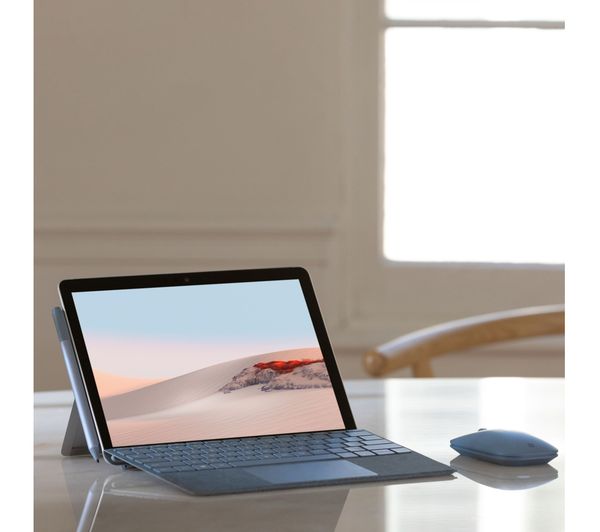
The up and down frames can both be sent immediately, however if scantime usage is present it should be incremented between frames.and will not deliver that input to shell or applications The host will only use these 2 frames as indication of user presence to turn on displays, etc.Touch controller is required to send 2 frames representative of a single finger down and up (X, Y, TIP SET, followed by X, Y, TIP CLEAR) regardless of what gesture was used to cause the wake.Once the touch controller has detected a wake based on either the single tap or double tap gesture: Whichever gesture is chosen shall be usable anywhere on the active area of the display to wake the device. When enabling Wake-on-Touch, OEMs can specify the wake gesture to be either a single-tap or a double-tap working with their touch IHV. Pressing a key on the keyboard, interacting with the touchpad, or clicking the Bluetooth button on a paired pen, are all methods to wake the device with lower power consumption. It is imperative that OEMs consider whether to implement Wake-on-Touch for each design and SKU as there are noticeable power consumption trade-offs for the feature. This document describes how HID based touch devices compatible with Windows can support Wake-On-Touch and what OEMs/ODMs and touch IHVs need to do depending on whether they are using an inbox HID mini-port driver available for USB, I2C or SPI or a 3P HID mini-port specifically for a bus which lacks an inbox driver (i.e.

If this functionality is not supported on a device, the setting will not appear on this page.


 0 kommentar(er)
0 kommentar(er)
